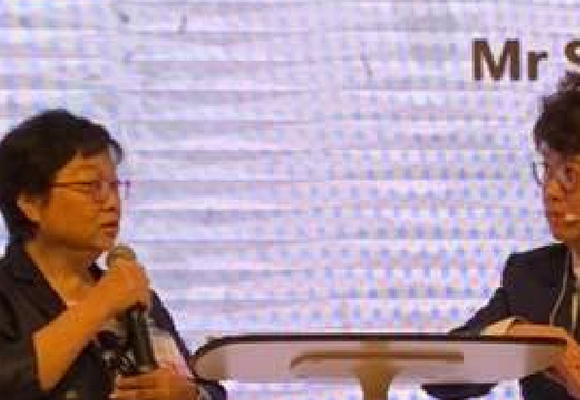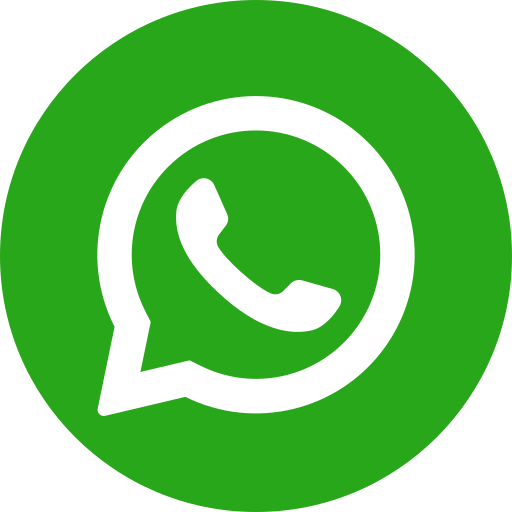How We Treat Lazy Eye?
Vision Therapy
Vision therapy is highly successful in remediating a lazy eye. Much akin to other physical therapies, vision therapy stimulates and guides visual development, training the brain to perform visual functions that did not develop on its own. Vision therapy is prescribed by Optometrists who specialize in children’s vision and who have received board certification in this area of care.
Vision therapy is highly successful in improving the function and performance of lazy eye treatment. The therapy corrects not only the poor vision in the lazy eye but also corrects the underlying problem of the brain’s inability to align and use both eyes together, so the gains are permanent. During therapy, the patient’s brain is trained to stop suppressing the lazy eye, the visual pathways from the brain to eyes are improved so the patient can keep both eyes aligned, and finally, the brain is taught to fuse the images coming in from both eyes for normal binocular (“two-eyed”) vision. Research shows that vision therapy restores the visual system to normal in over 90% of cases. Even in the remaining 10% of cases, those most severe instances of lazy eye complicated by additional circumstances, therapy can improve the child’s vision to more functional levels. And this can be done at any age. (It should be noted, however, these statistics are for children who have never undergone surgery. Scare tissue and nerve damage drops the success rate for a child who has already had one surgery to fifty percent, and the therapy prognosis for children who have had more than one surgery is poorer still.)
Lazy Eye Treatment
Like other interventions, vision therapy usually involves patching the clear eye to force the blurry eye to work, but for much shorter periods of time. Rather than full time patching for up to twelve hours a day, a patient in vision therapy will usually be asked to patch for two hours. Much less patching time is necessary when the child’s visual system is also being trained on how to use the weak eye properly. By the end of therapy, the child’s patching time has been eliminated altogether.
The gains achieved in vision therapy are permanent. This is because once the child’s brain learns binocularity, or how to fuse the images from both eyes, the child’s visual system is restored to normal. Binocular fusion is the glue which permanently holds the vision system in place, simply because it’s easier to see correctly than to have each eye fighting each other to see separately. Binocular fusion keeps the eyes from drifting out of alignment, and because there is no longer a need for the lazy eye to suppress, its improved acuity, or sharpness of vision, is not lost over time.
If you have questions or concerns about lazy eye treatment or any of the vision related issues noted in this article contact Neuro-Developmental Optometry, Board Certified in Vision Development & Vision Therapy. After a detailed screening and diagnosis, they can design a vision therapy program specifically suited to develop the most optimal and efficient visual system for you or your child.
We understand that you might have a number of questions; especially if this is the first time you are hearing that your child may have a vision problem. Please feel free to call our office with your questions. Phone 03- 2110 3967


